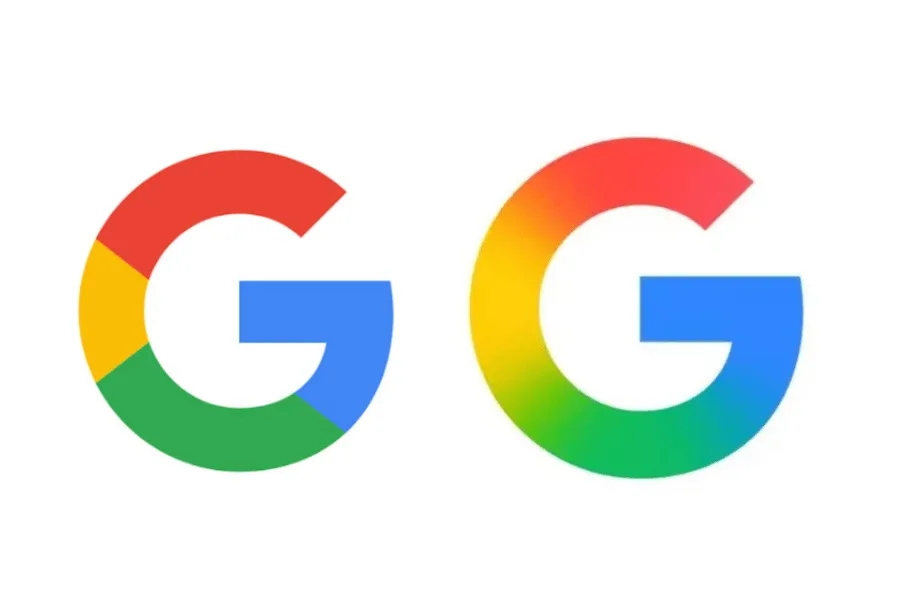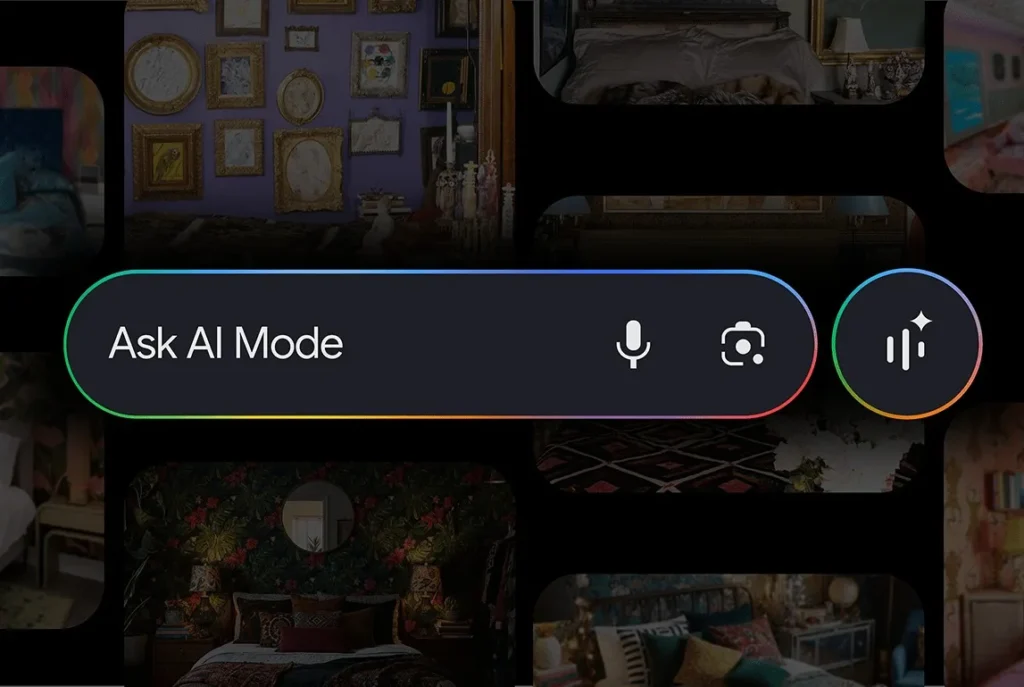Abidur Chowdhury: The Designer of the iPhone Air Leaves Apple for an AI Startup
A rising star in Apple’s design team and the voice behind the iPhone Air presentation, Abidur Chowdhury is leaving the company.
This decision comes as a surprise internally and highlights a concerning trend for Apple: the ongoing exodus of talent to the AI sector.
A Remarkable Ascent Comes to a Halt
The announcement was unexpected. Reports indicate that Chowdhury was on the rise within Apple’s design team. His discreet yet recognized profile made him a natural candidate for greater prominence in the coming years.
Indeed, Apple had chosen him to narrate the introduction of the iPhone Air, a role typically reserved for a top executive. The message was clear: Chowdhury had become a public face, a symbol of the brand’s aesthetic renewal.
His departure, shortly after this spotlight, speaks volumes about the tensions within Apple.
The iPhone Air, A Project Imprinted with His Influence
The iPhone Air represented a new direction in Cupertino’s product strategy: a lighter, more sculptural design, ambitiously engineered to embody a new material philosophy. Chowdhury played a central role in this endeavor—so much so that he appeared on screen during its presentation.
This investment leading to a hasty departure raises two possibilities:
- Either he no longer identified with Apple’s current direction;
- Or an opportunity in AI presented itself as too significant to decline.
The Call of AI Startups: Apple Confronts a Real Brain Drain
Chowdhury is joining a startup focused on artificial intelligence—a trajectory that has become increasingly common among Apple employees. Over the past two years, numerous engineers, researchers, and creatives have left Cupertino for younger, more agile, and better-funded AI companies.
The appeal of AI startups lies in their explosive growth, an unrestrained culture of innovation, and often unmatched financial packages.
Meanwhile, Apple is perceived as lagging in conversational AI. Siri struggles to impress, and the shift toward “Apple Intelligence” has yet to fully reassure internal talent.
While Chowdhury wasn’t working on Siri, he seemingly saw in AI something that Apple could no longer provide: a genuine projection of the future of technology.
A Weak Signal… or a Major Alarm?
The departure of one designer does not threaten Apple’s product plans. However, the exit of a publicly highlighted talent just months prior reveals a deeper malaise: Apple is losing its appeal among the creators who shape its products.
In a context where AI is redefining the entire technological value chain—from interfaces to services, workflows to user experiences—failing to retain key talent poses a strategic risk.
Chowdhury likely made the most rational choice for his career. For Apple, however, this serves as a painful reminder: the battle for AI is not fought solely in data centers… but also in design studios.
And with each departure, this battle grows a little more challenging.




